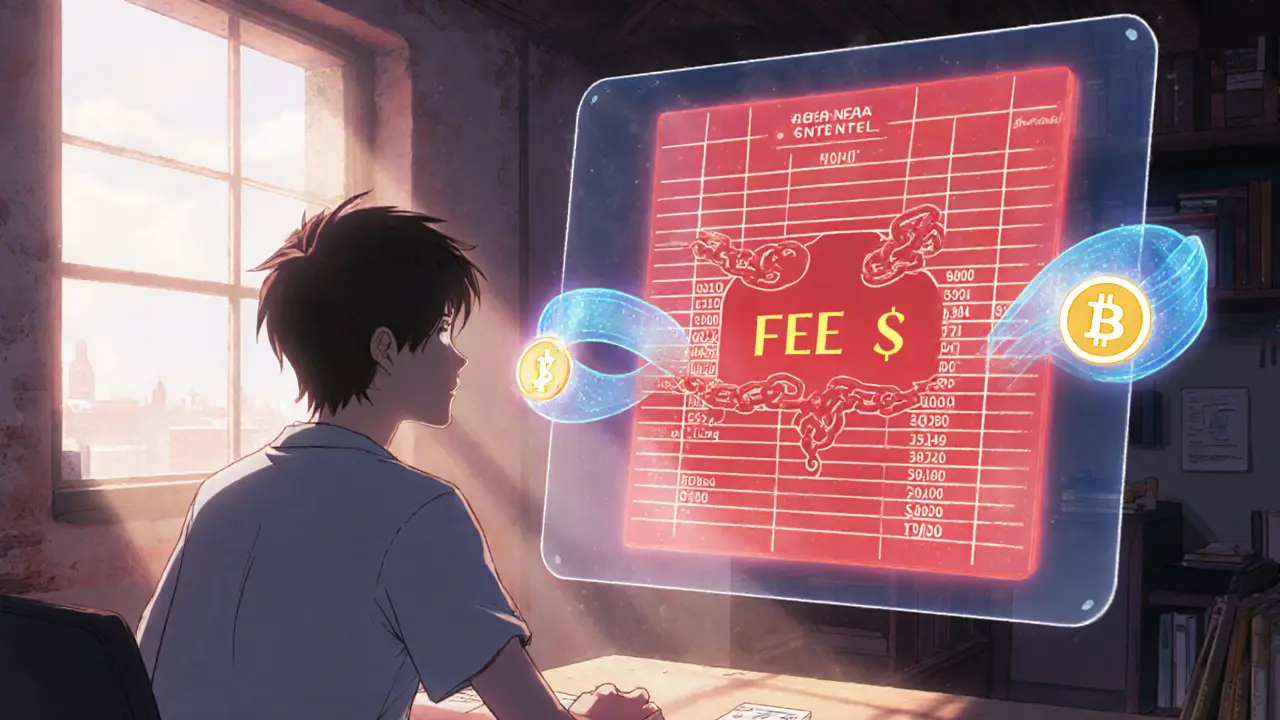State Channels: Off‑Chain Scaling Made Simple
When working with state channels, a method that moves most transaction steps off the main blockchain while keeping security through an on‑chain settlement anchor. Also known as off‑chain state channels, they let users exchange value instantly without waiting for each block confirmation.
State channels state channels encompass off‑chain transactions, which means the bulk of activity happens outside the public ledger. This off‑chain activity reduces network congestion, cuts fees, and speeds up confirmations. To make that work, a smart contract, the on‑chain code that locks funds and enforces the channel rules is required. The contract holds the initial deposit and only steps in if participants disagree, guaranteeing that the final state cannot be altered.
Key Related Concepts
One popular subclass of state channels is payment channels, channels designed specifically for transferring cryptocurrency value repeatedly between two parties. Payment channels influence blockchain scalability because each transaction stays off‑chain, leaving the main chain to process only the opening and closing moves. Another well‑known implementation is the Lightning Network, a network of Bitcoin payment channels that enables near‑instant, low‑fee payments across a web of nodes. The Lightning Network shows how state channels can scale a major blockchain without changing its core consensus.
Beyond payments, state channels can host gaming or IoT interactions, use‑cases where devices need to trade data or tokens many times per second. By keeping these rapid exchanges off‑chain, developers avoid the latency and cost of on‑chain writes. Moreover, state channels complement other layer‑2 solutions such as rollups, systems that batch many transactions into a single on‑chain proof. While rollups compress data, state channels compress interaction frequency, together delivering a more scalable ecosystem.
Putting it all together, state channels require three core components: an on‑chain smart contract, a cryptographic protocol for updating balances, and a dispute resolution phase that can be triggered if a participant behaves maliciously. These ingredients create a trust‑minimized environment where users retain control of their assets. As a result, developers can build fast, cheap, and secure applications that would otherwise be impossible on a congested chain.
Below you’ll find a curated list of articles that dive deeper into confirmation times, airdrop mechanics, tax regimes, and security tips—all topics that intersect with the world of state channels. Whether you’re curious about how Lightning speeds up Bitcoin payments or want to compare off‑chain solutions for your own project, the posts ahead give actionable insights and real‑world examples.
State Channels Explained: How Blockchain Scaling Works
State channels move transactions off‑chain, keeping blockchain security while enabling instant, cheap transfers. Learn how they work, key components, real‑world use cases, and compare them to other Layer2 solutions.
